Economic Factors
Economic factors play a crucial role in shaping the Resilient Vinyl Flooring Market. As disposable incomes rise, consumers are more inclined to invest in home improvement projects, including flooring upgrades. The affordability of resilient vinyl flooring compared to other flooring options makes it an appealing choice for budget-conscious consumers. Furthermore, the resilience of the flooring market during economic fluctuations suggests a steady demand for these products. Data indicates that the flooring industry has shown resilience even in challenging economic climates, with resilient vinyl flooring often being favored for its balance of cost and quality. This economic dynamic may continue to support the growth of the resilient vinyl flooring segment, as consumers seek value-driven solutions for their homes.
Sustainability Initiatives
The increasing emphasis on sustainability appears to be a driving force in the Resilient Vinyl Flooring Market. Consumers are becoming more environmentally conscious, leading to a demand for flooring options that are not only durable but also eco-friendly. Manufacturers are responding by developing products that utilize recycled materials and low-VOC (volatile organic compounds) formulations. This shift towards sustainable practices is likely to enhance the appeal of resilient vinyl flooring, as it aligns with the growing trend of green building certifications. In fact, the market for eco-friendly flooring solutions is projected to grow significantly, indicating a robust opportunity for resilient vinyl flooring products that meet these criteria. As a result, companies that prioritize sustainability in their offerings may gain a competitive edge in the Resilient Vinyl Flooring Market.
Technological Advancements
Technological advancements in manufacturing processes and product design are reshaping the Resilient Vinyl Flooring Market. Innovations such as improved printing techniques and enhanced wear layers are enabling manufacturers to produce more realistic wood and stone looks, which appeal to a broader consumer base. Additionally, the introduction of waterproof and scratch-resistant features has made resilient vinyl flooring a preferred choice for high-traffic areas in both residential and commercial settings. According to recent data, the market for technologically advanced flooring solutions is expected to expand, driven by consumer preferences for durability and aesthetics. As these technologies continue to evolve, they may further enhance the performance and appeal of resilient vinyl flooring, positioning it favorably within the competitive landscape of the flooring industry.
DIY and Home Renovation Trends
The rise of DIY culture and home renovation trends is significantly influencing the Resilient Vinyl Flooring Market. As homeowners increasingly seek to personalize their living spaces, resilient vinyl flooring offers an accessible and cost-effective solution. The ease of installation, often requiring minimal tools and skills, makes it an attractive option for DIY enthusiasts. Market data suggests that the home improvement sector is experiencing robust growth, with many consumers opting to undertake renovation projects themselves. This trend is likely to drive demand for resilient vinyl flooring, as it provides a versatile and stylish option that can be easily integrated into various design schemes. Consequently, the intersection of DIY trends and resilient vinyl flooring may create new opportunities for manufacturers and retailers in the market.
Urbanization and Housing Trends
Urbanization and changing housing trends are significantly impacting the Resilient Vinyl Flooring Market. As urban populations grow, there is an increasing demand for housing solutions that are both functional and aesthetically pleasing. Resilient vinyl flooring, known for its versatility and ease of maintenance, is well-suited for urban living environments where space is often limited. Additionally, the trend towards smaller living spaces and multi-family housing units is likely to drive the need for durable flooring options that can withstand high foot traffic. Market analysis indicates that urbanization trends are expected to continue, potentially leading to increased adoption of resilient vinyl flooring in new residential developments. This alignment with urban housing trends may present substantial opportunities for growth within the resilient vinyl flooring market.


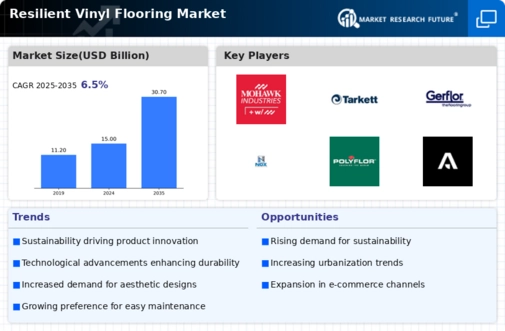
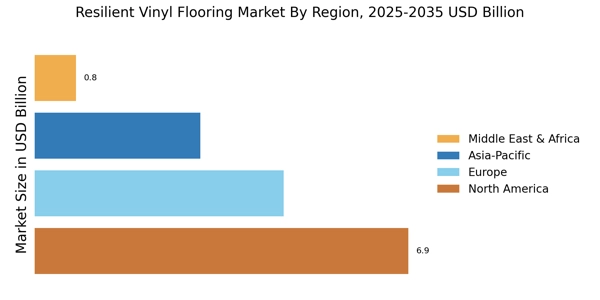

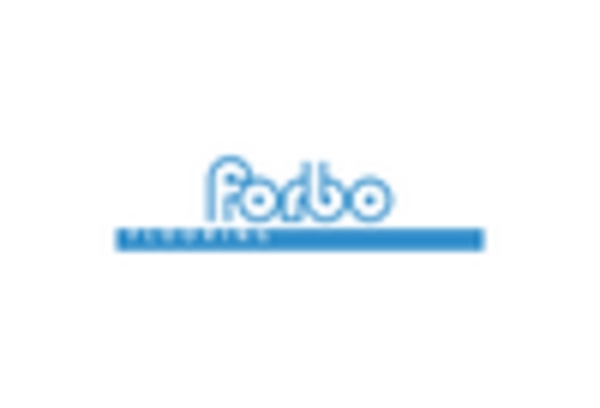
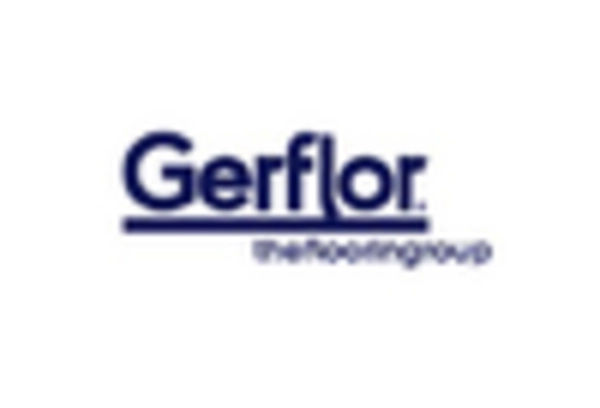
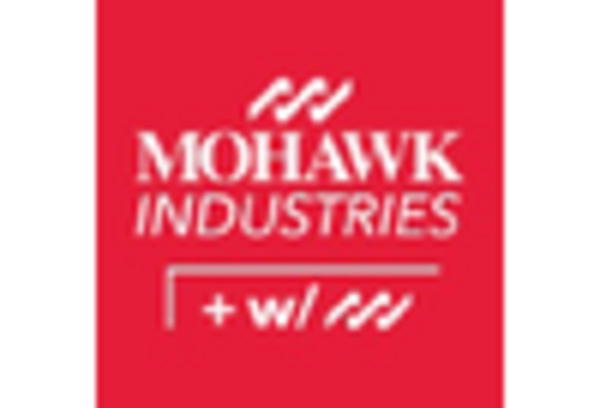

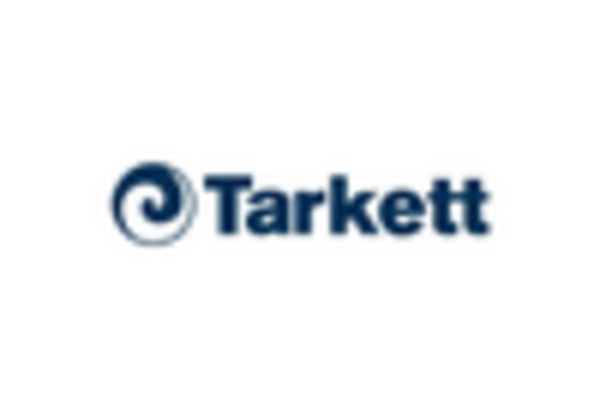








Leave a Comment